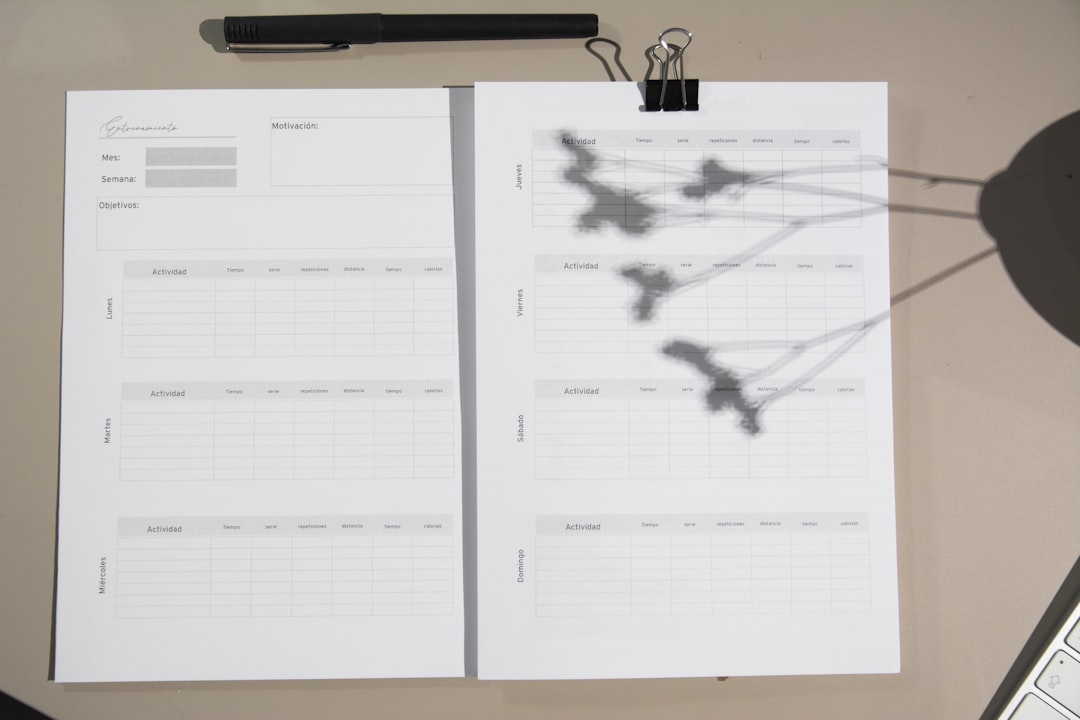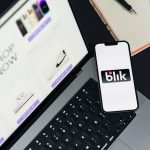Imagine landing on a website for the first time and being greeted with a wall of form fields. Name, email, phone number, company name, zip code, industry… the list goes on. It’s overwhelming, and more often than not, it sends potential customers running. Businesses that recognize this problem have shifted toward a smarter, more user-friendly approach—progressive profiling.
Progressive profiling is a method of gradually collecting information about your customers over time instead of demanding everything upfront. When done correctly, this strategy respects the user’s time and builds trust while giving businesses the rich data they need to personalize experiences. The cornerstone of effective progressive profiling is a well-designed customer onboarding form process.
In this article, we’ll walk through how to implement progressive profiling in three simple yet powerful steps—ensuring your onboarding forms are less intrusive and more effective.
Why Progressive Profiling Matters
Today’s users are privacy-conscious. They don’t want to hand out their entire digital biography the moment they meet your brand. Progressive profiling ensures users only provide the necessary data at the right time, improving form completion rates and ultimately enhancing user satisfaction.
Here’s what makes progressive profiling beneficial:
- Improved Conversion Rates: Reduced friction means users are more likely to complete forms.
- Enhanced Customer Experience: Forms feel shorter, simpler, and more personalized.
- Richer Data Over Time: Collect more accurate information as trust builds.
Let’s break down how to apply this concept effectively to your onboarding flow in three key steps.
Step 1: Define What Data You Actually Need
The first step of progressive profiling starts with a serious question: What information do you absolutely need to begin the relationship? Don’t ask for anything more until it’s necessary and relevant. Too many forms attempt to collect in-depth data right out of the gate—and lose users in the process.
Start with the bare essentials. Typically, this includes:
- Email address – For ongoing communication.
- Name – Personalizes interactions.
- Password (for accounts) – Secures access.
That’s it—seriously. Initial forms should focus only on what’s needed to get a user started. The beauty of progressive profiling is that you can always ask for more information later once users are engaged and see value in your product or service.

To fine-tune this step, collaborate across teams. Sales, marketing, and product teams may all have different data needs. Turn those “nice-to-haves” into “must-haves” by evaluating the customer journey and purpose of each data point. This exercise reduces friction and aligns your organizational goals.
Step 2: Build A Tiered Information Architecture
After you’ve determined what data you need first, the next step is to strategically plan when to ask for additional information. Think of it as creating layers of information collection, unlocked progressively as users move through your platform or engagement funnel.
A typical tiered progression might look like this:
Phase 1: Initial Signup
- Name
- Basic preferences
Phase 2: Activation & Onboarding
- Company name
- Role or job title
- Industry
Phase 3: Usage or Expansion
- Team size
- Goals or challenges
- CRM or platform preferences
This method allows you to time your questions with context and value. For example, asking about a user’s job title once they’ve started using the product makes sense because they’re more invested at that point—and might even see the benefit of tailored tips or resources based on their role.
Trigger these questions based on user behavior: logins, milestone completions, or schedule-based nudges. With tools like marketing automation or CRM platforms, these interactions can be timed strategically and personalized for each user segment.

Step 3: Personalize And Iterate
Once progressive profiling is in place, remember: it’s not set-it-and-forget-it. The final and ongoing step is to refine your data capture process over time based on learning and feedback.
Here’s how to personalize and improve your segmentation:
- Use Dynamic Forms: If you already have a piece of information, don’t ask for it again. Tools like HubSpot and Marketo offer dynamic form fields that adjust based on known user data.
- Segment and PERSONALIZE future asks: Tailor future questions based on how users interact with your platform. Someone heavily using dashboards might be asked about analytics preferences, for example.
- Test and Improve: Use A/B testing to see which form layouts, questions, or sequences perform better. Always be aiming to reduce friction further.
One often-overlooked side of this step is transparency. Let users know why you’re asking for certain pieces of information. A quick tooltip or line of microcopy like, “We ask for your job title to better tailor your dashboard experience” can go a long way in building trust.
You can also encourage users to complete their profile by showing them clear benefits—for instance, “Complete your profile to receive personalized reports and insights.” Reward-based motivators like discounts or early feature access can work wonders.
Putting It All Together
Effective customer onboarding isn’t about flooding new users with forms—it’s about creating a journey that feels easy, intuitive, and personalized. By layering your form fields over time and putting customers in the driver’s seat, you build stronger relationships and collect cleaner, more meaningful data.
Let’s recap the process of progressive profiling:
- Start Small: Ask only for essential data upfront during user signup.
- Layer Thoughtfully: Time your asks with meaningful usage milestones.
- Iterate Intelligently: Continuously refine forms with new insights, personalization, and testing.
Instead of making customers jump through hoops to enter your ecosystem, progressive profiling gently opens the door and invites them in for the long haul. It transforms a cold data collection process into an ongoing conversation—one that grows warmer and more valuable with each interaction.

Whether you’re a SaaS platform, e-commerce site, or service-based business, the principles of progressive profiling can be tailored to your unique customer journey. Implemented thoughtfully, it removes roadblocks, fosters trust, and delivers data gold without overwhelming your users.
Ready to make customer onboarding a better experience? Set up your first progressive form today, and watch both engagement and conversions rise.







